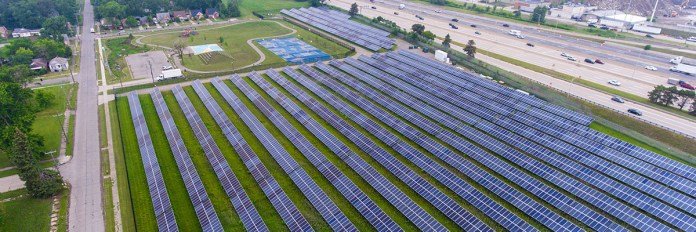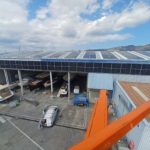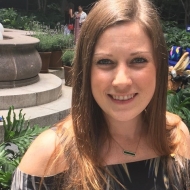The City of Detroit has announced the selection of three sites for its Solar Neighborhoods initiative, aiming to develop solar facilities in predominantly vacant neighborhoods. The initiative is part of the city’s broader effort to meet the collective 33 MW electricity demand of Detroit city-owned buildings through new solar projects distributed throughout the metro area.
Phase one of the project will add 21 MW of solar capacity across the Gratiot Findlay, Van Dyke/Lynch, and State Fair neighborhoods. Lightstar Renewables has been selected to develop 10 MW of this portfolio.
The solar facilities will be operated under a 25 to 35-year agreement. Upon reaching the end of their useful life, developers are required to remove the equipment and restore the property to its original green field state.
A coalition of local nonprofits, environmental groups, energy experts, and solar developers are participating in the program. This coalition conducted a community engagement program over several months to explain the initiative’s benefits to residents.
The solar projects are planned in mostly vacant neighborhoods. Residents living within the footprint of the proposed solar facilities are offered compensation equal to double the market value of their property (or a minimum of $90,000), along with moving expenses and relocation services. Renters will receive 18 months’ worth of rent and relocation services. The initiative also includes energy efficiency upgrades for surrounding homes, averaging a minimum value of $15,000 per home.
Each acre contributed to the project will provide up to $25,000 in community benefits for energy-efficient upgrades. These benefits prioritize affected homeowners and renters within the solar array footprint. Neighbors can opt for energy-saving measures such as new windows, roof repairs, home insulation, smart thermostats, battery backup systems, and residential solar panels.
The next steps involve collaboration between the Office of Sustainability, the Department of Neighborhoods, the program’s Neighborhood Solar Partners, and the solar developers to engage the community. They will seek community input on the design and operation of the sites. An agreement will be negotiated and approved between the developers and residents, detailing the design, vegetation, and maintenance plans for each solar neighborhood before any construction begins.
Related
This post was originally published on 3rd party site mentioned in the title of this site








